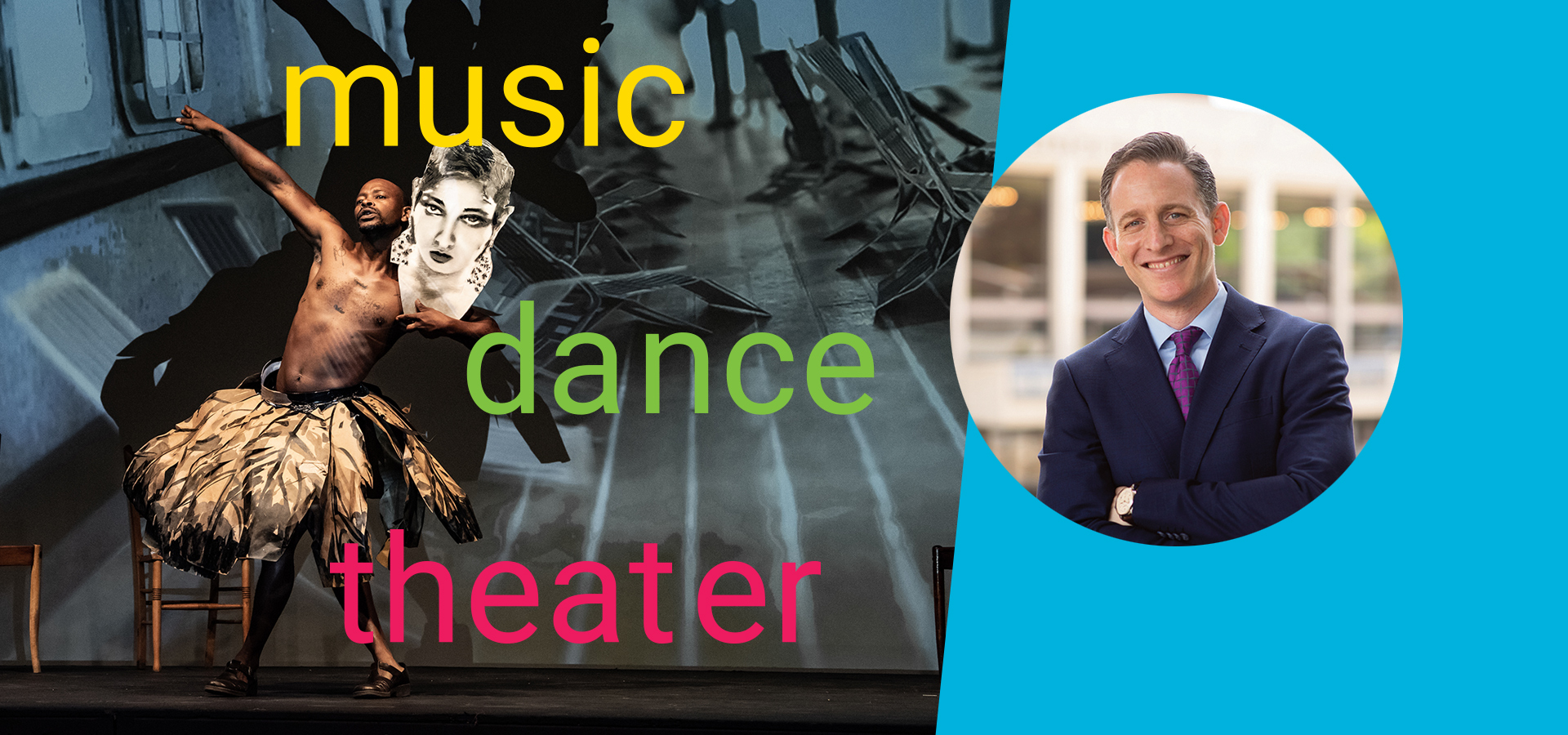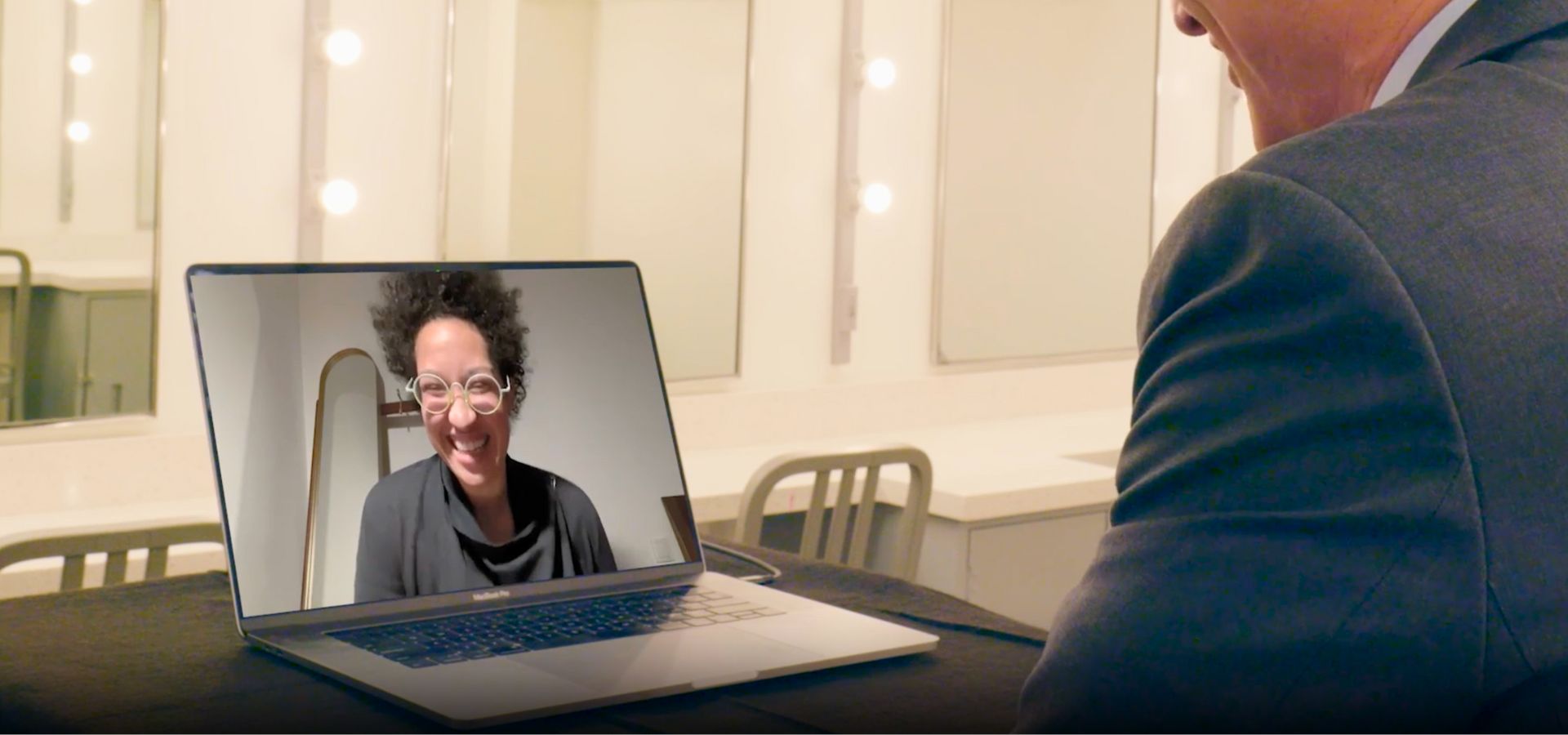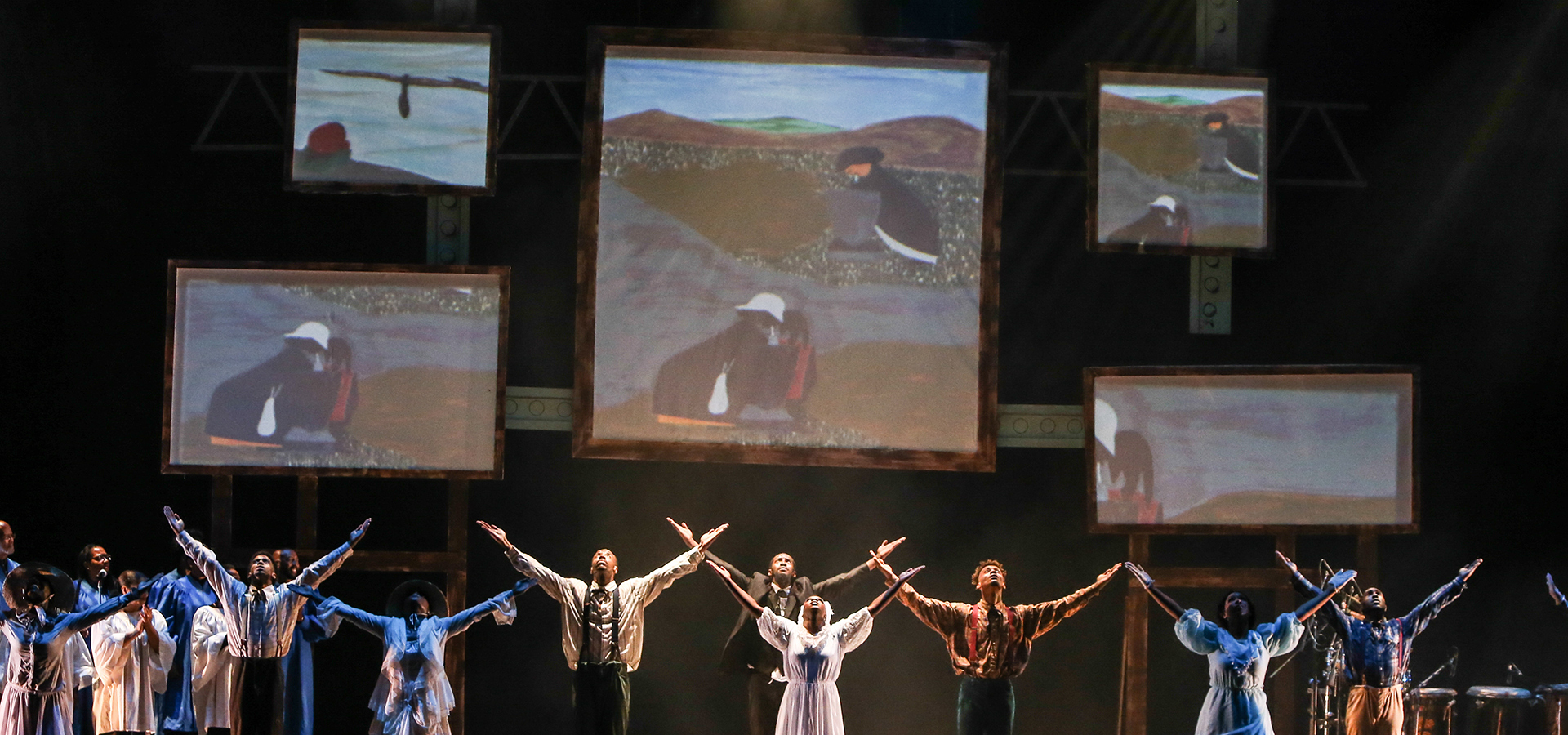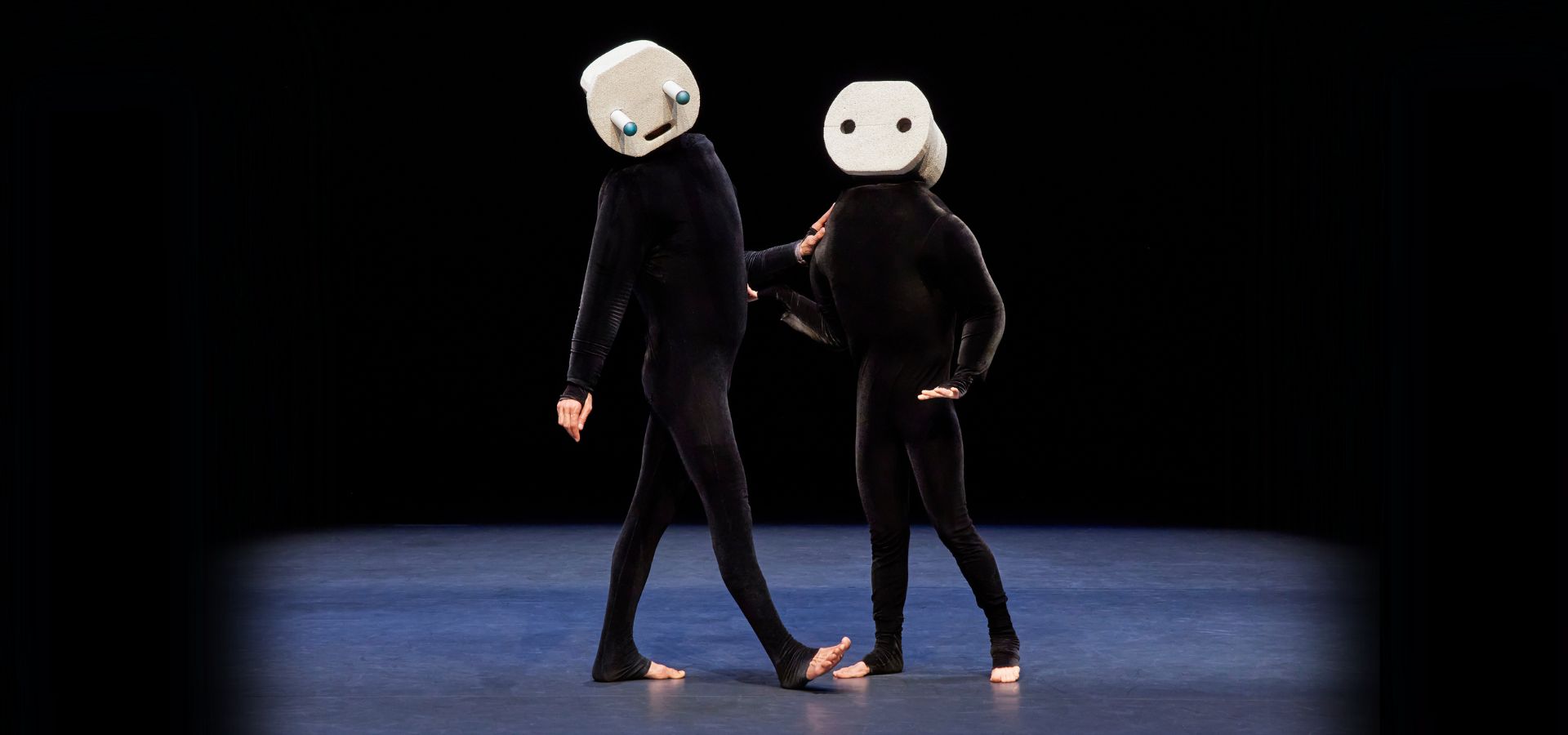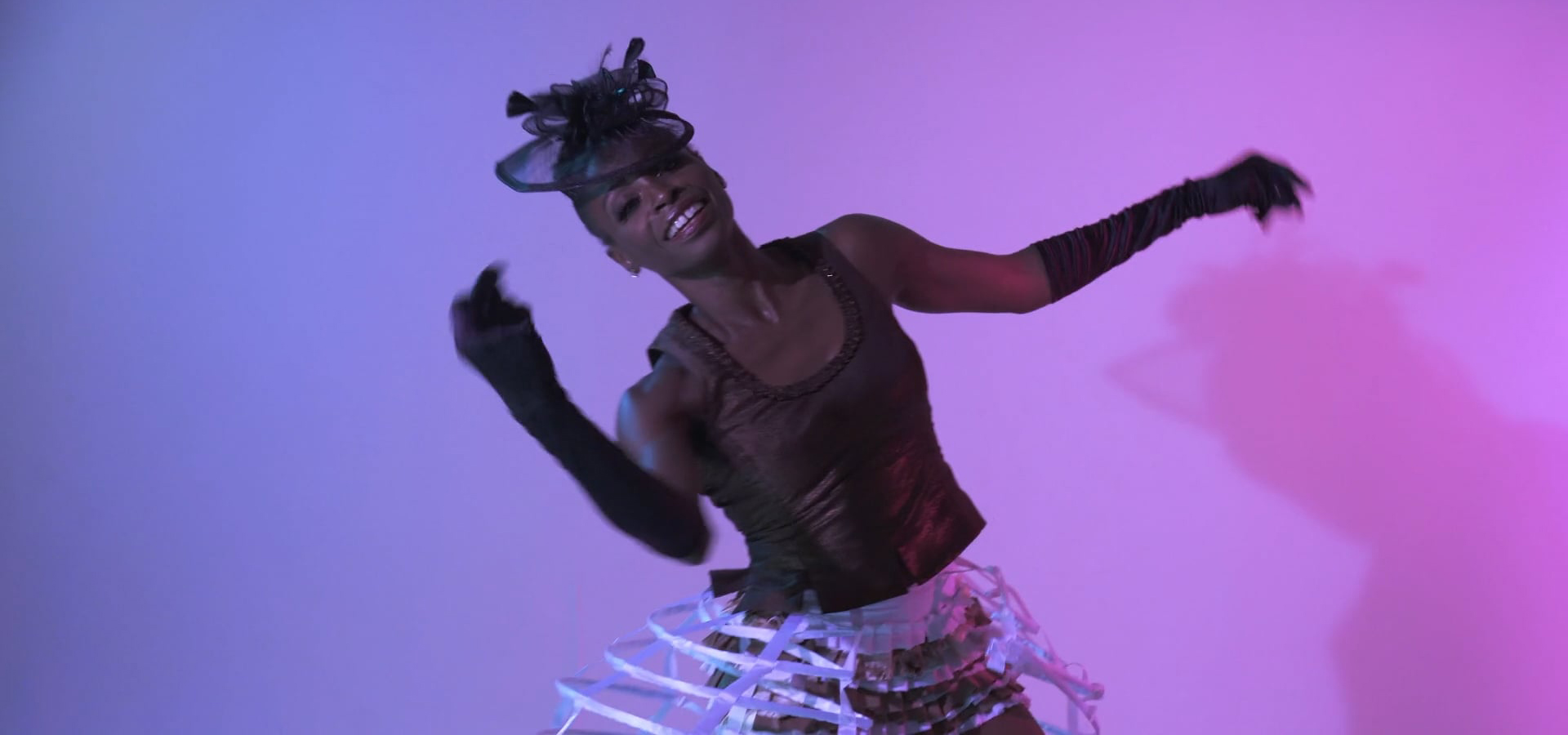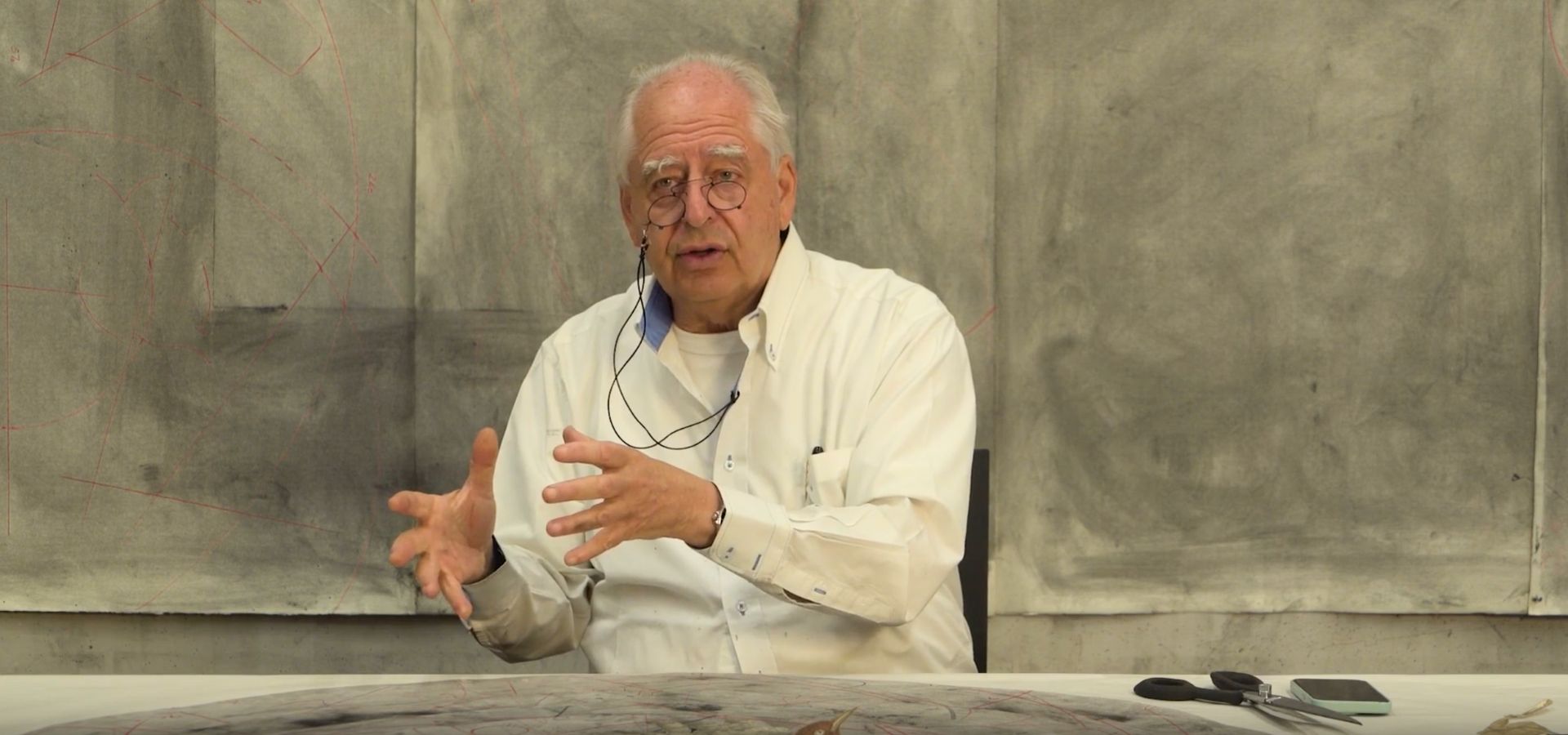
The Making of William Kentridge’s The Great Yes, The Great No
William Kentridge and Nhlanhla Mahlangu talk music-making and translation, imagery, and historic inspiration.
In March 2025, William Kentridge’s The Great Yes, The Great No makes its Bay Area premiere at Cal Performances, which is also a co-commissioner of the work. Multidisciplinary artist William Kentridge—who was also UC Berkeley artist in residence in 2022–23—worked with theater maker Phala Ookeditse Phala and choral conductor and dancer Nhlanhla Mahlangu to create this new chamber opera, which fictionalizes the historic wartime escape from Vichy France to the colonized Martinique by, among others, the surrealist André Breton, the anthropologist Claude Lévi-Strauss, and the Cuban artist Wilfredo Lam. The surrealist production makes additions to the real life passenger list, introducing such notable figures as Aimé Césaire, Josephine Baker, Leon Trotsky, Diego Rivera, Frida Kahlo, and Joseph Stalin to explore the relationship between surrealism and the anticolonial Négritude movement as these passengers travel from the “Old World” to “New World.”
In Kentridge’s hands, the ship becomes a fantastical menagerie of thinkers, makers, and revolutionaries that combines lush South African choral music, dance, poetry, and anti-rational approaches to language and image, as well as Kentridge’s unique brand of animated drawings, video projection, masks, shadow play, and bold sculptural costumes.
See the performance event page, and read more about the true history that serves as the backdrop of the opera in our Illuminations blog article.
Transcript
William Kentridge:
It’s March 1941, a cargo ship filled with refugees escaping Vichy France. Surrealists, communists, André Breton, Claude Lévi-Strauss, the anthropologist, and on board the ship also is the captain who in fact is Charon, the ferryman of the dead, who not only are transporting these people across the Atlantic, but is able to call up historical characters from the past and even some from the future to reflect on the shift between Europe and its colonial past.
He calls up the great Martinican poets and philosophers, Aimé Césaire, Suzanne Césaire.
He calls up Frantz Fanon, the philosopher and psychoanalyst, he calls up the Nardal sisters, even calls up Josephine Bonaparte, Napoleon’s wife who came from Martinique. We have a duet of Joséphine Bonaparte and Josephine Baker, another transatlantic voyager.
Nhlanhla Mahlangu:
The creative process for making the music and the sonic landscape for The Great Yes, The Great No is quite unique. The Great Yes, The Great No is composed, is performed using the found text, the text from Aimé Césaire, the text from Fanon, the text from other great writers during the Surrealist movement and the Négritude movement.
William Kentridge:
We’re looking at the shift between a rationalist view of the world and the openness that the surrealists suggest and bring, and that is there in the poetry that comes from Martinique of a different world, of a different world to be made.
Nhlanhla Mahlangu:
There are different musical styles that we have chosen to make The Great Yes, The Great No: The sound of Martinique, the beguine music of Martinique, we are appropriating or borrowing from those influences. We are also looking at the French music of that time and also, not just taking it as it is and reproducing it, but how does it influence and how do we respond to it as South African performers or performers from the USA because it’s quite a big mixture in the collaborative process, so how does it speak to you as a composer, how does it speak to you as a performer, and how does it speak to you when you are translating it in your own language or in your own style? It’s a constant provocation, it’s a constant challenging what we are actually given.
William Kentridge:
We’re looking at the ways in which a certain kind of logic can be broken and a new way of thinking arrived at.
Nhlanhla Mahlangu:
There is a thing about translation that is a big part of The Great Yes, The Great No. The translation process to say, what is it that you find the text in French, with what happens to it when we translate it to English and then, from English we translate it back to Zulu, Tswana, siSwati, and then, what is the rhythm of the language? We are following the rhythms of the language when you have translated. That informs the melodies of how the chorus delivers the performances.
William Kentridge:
We use the Ship of Fools as a way to allow all questions to bubble and find potential answers.
Nhlanhla Mahlangu:
We are creating a surrealist piece and therefore, we have a great artistic license where different things that wouldn’t live together at the time, for us, there’s always juxtaposition of sound, juxtaposition of movement, juxtaposition of image that is going to be a gift for our audiences.


